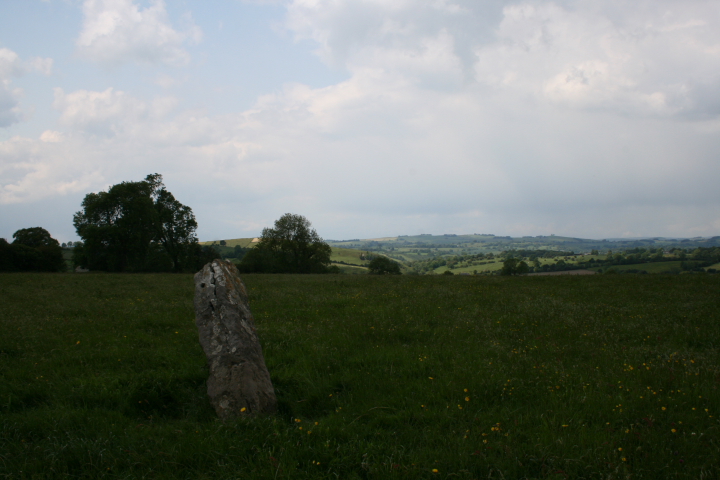Visited 3rd August 2011
This is probably the most comfortable dolmen in the world! Soft sand to sit on, a glorious view of the Baltic in front of me, and a chamber just my length to recline in. Nice and easy to find, we followed Julian’s directions in TME, parked up at the busy carpark at Havang, and headed for the beach!
The sun is hot today, but with a cooling breeze from the azure sea, we have just had a picnic by the dolmen, within the sheltering enclosure of the surrounding stones. The beach front setting of the monument is idyllic, and although there are plenty of folk around it is not crowded. People come and go at the stones but do little to disturb the feelings of peace.
Havangsdosen was discovered after a heavy autumn storm in south eastern Skane in 1843 blew away sand covering this 5,000 year old grave. The monument consists of a small dolmen, with a large capstone supported by three uprights forming a burial chamber, but seems very different from the British or Irish dolmens that I’ve seen, in that it is surrounded by a rectangular setting of sixteen stones.
The name of the site ‘Havängsdösen’ means “The Dolmen on the Sea’s Meadow” and it is aptly named, being on the edge of the sand only metres from the sea. In Skǻne, the southernmost county of Sweden, it seems common for Neolithic graves to be sited along the coast and larger rivers.
The entrance to the burial chamber itself looks out east across the Baltic, and is aligned in such a way as to be oriented with the sunrise on the Vernal and Autumnal equinoxes, the sun rising from the seahorizon illuminating the chamber for twenty minutes during these equinoctial sunrises.
I’ve spent some time relaxing in the comfortable enclosure of the chamber and gazing out over the clear blue sea can only imagine the magical qualities of seeing the sun rise up directly in front of you, bathing the chamber in light, it gives you a sense of the reasons why the ancients built these monuments how and where they did.
This was one of the sites in Sweden I was most looking forward to visiting and it doesn’t disappoint!











